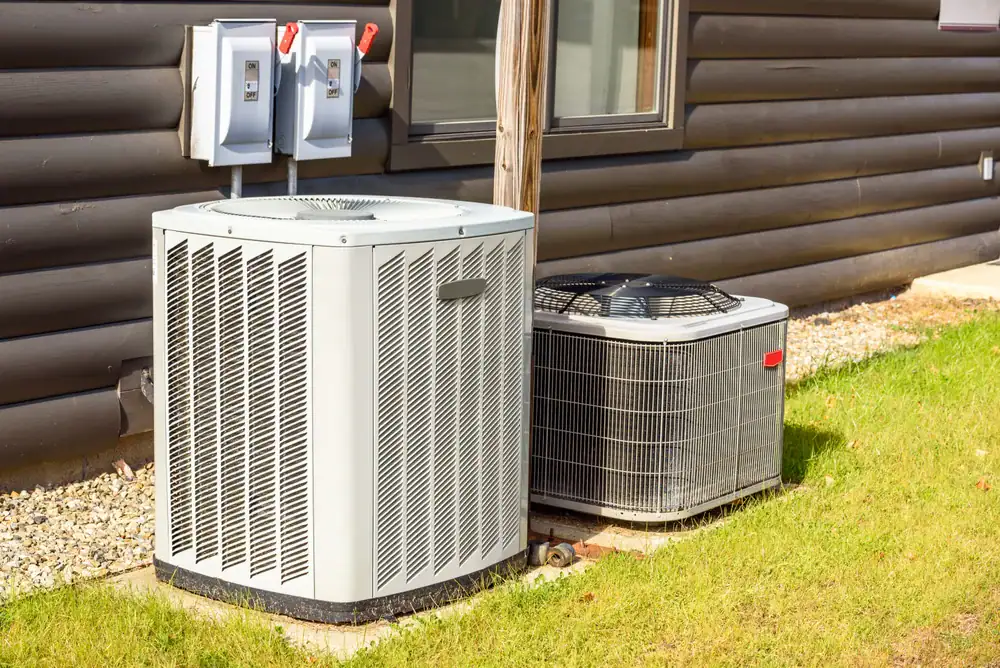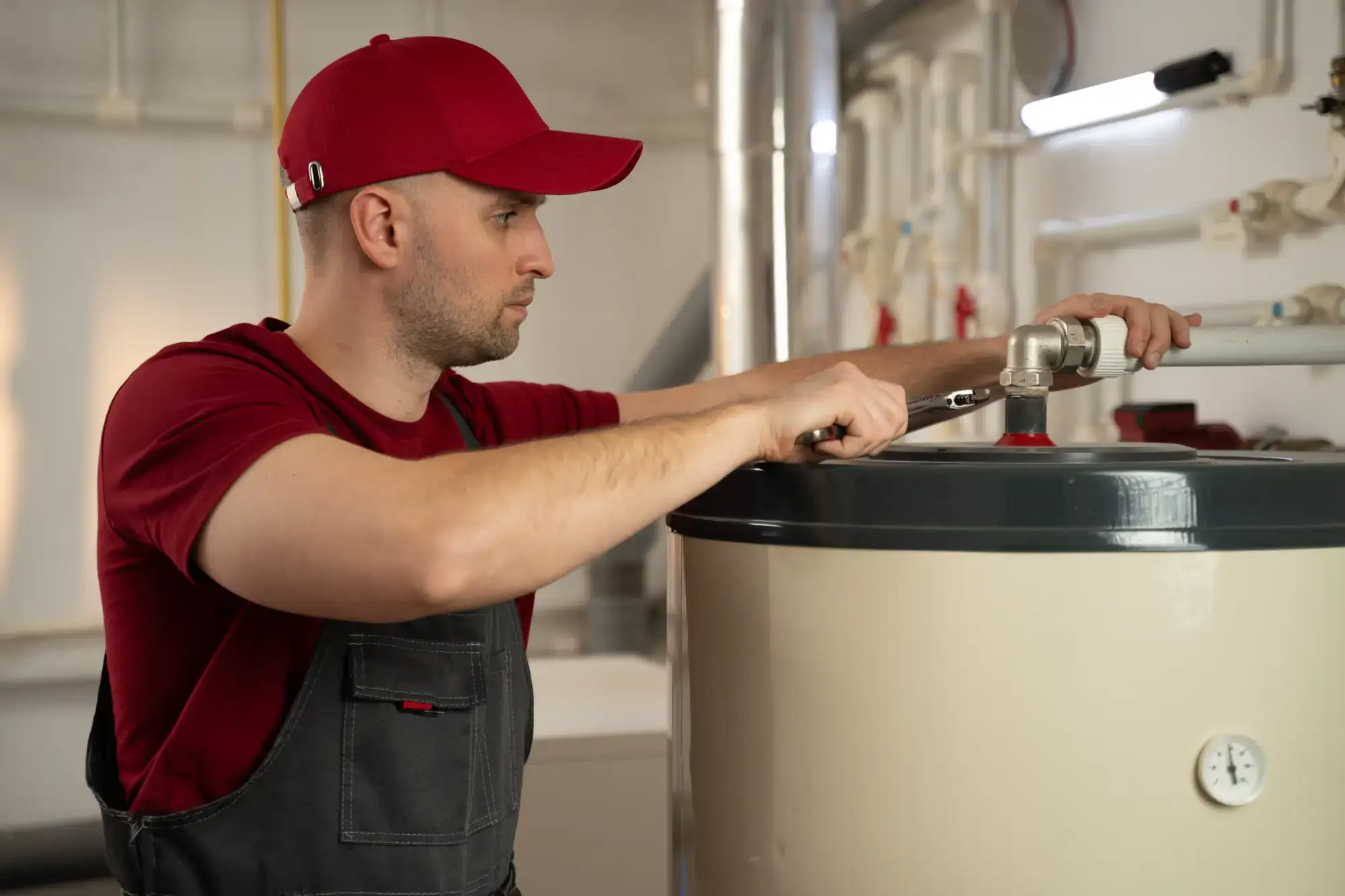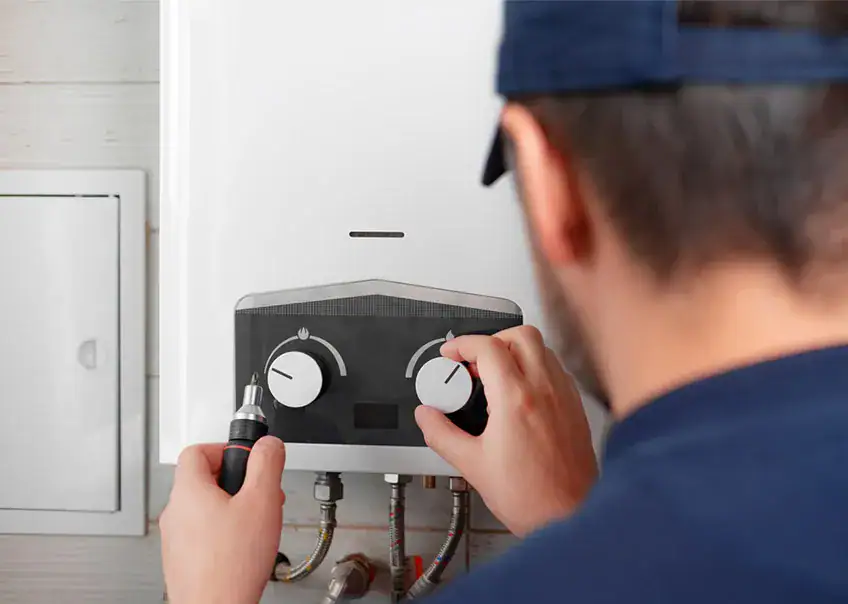Summary:
Understanding Ductless AC Systems for South San Francisco Homes
Ductless mini-split systems work differently than traditional central air. They have an outdoor unit connected to individual indoor units mounted on your walls or ceiling. No ductwork needed.
This matters in South San Francisco because many of our homes—especially those beautiful Victorians and Edwardians—weren’t built with modern ductwork in mind. A ductless system lets you add cooling without tearing into walls or dealing with the structural challenges that come with older homes.
The indoor units are about the size of a large picture frame and can heat and cool specific rooms. You control each unit separately, which means you’re not cooling the whole house when you’re only using a few rooms.
How Ductless Systems Handle South San Francisco's Unique Architecture
South San Francisco’s housing stock presents specific challenges for AC installation. Our Victorian homes from the 1800s feature intricate moldings, high ceilings, and compartmentalized room layouts that make traditional ductwork installation complex and expensive.
Ductless systems work particularly well in these older homes because they don’t require extensive modifications. The connection between indoor and outdoor units runs through a small hole in the wall—about three inches in diameter. This means your original plaster walls, decorative trim, and period details stay intact.
For Edwardian homes with their simpler lines and larger rooms, ductless units can be positioned to blend with the cleaner aesthetic. Many homeowners choose wall-mounted units that complement rather than clash with the architectural style.
The zoned approach also makes sense for how these homes were designed to be used. You can cool your main living areas during the day and bedrooms at night without wasting energy on unused spaces. This room-by-room control often results in lower energy bills compared to cooling an entire house when you’re only occupying part of it.
Multi-story homes benefit especially well since you can address the natural temperature differences between floors. Heat rises, so your upstairs bedrooms stay comfortable without over-cooling the ground floor.
Ductless System Costs and Energy Efficiency in the Bay Area
Ductless systems typically cost more upfront than central AC when you’re cooling the same square footage. A single-zone unit runs around $3,000-$5,000 installed, while multi-zone systems for whole-home coverage can reach $8,000-$15,000 depending on how many indoor units you need.
However, the energy savings often offset this initial investment. Ductless systems can achieve SEER ratings over 20, compared to 14-16 for many central AC systems. In practical terms, this translates to 20-40% lower cooling costs during our warmer months.
The efficiency comes from avoiding duct losses—a significant issue in older homes where ductwork often runs through uninsulated spaces. Energy experts estimate that 25-40% of central AC energy gets lost through ductwork problems like leaks, poor insulation, or inadequate sealing.
Installation is usually faster and less disruptive than central AC. Most ductless installations take 4-8 hours depending on the number of zones. There’s no need to coordinate with multiple trades or deal with extensive construction work that could uncover surprises in older homes.
For South San Francisco’s climate, ductless systems provide excellent humidity control. Our marine layer and occasional heat waves create varying moisture conditions throughout the year, and ductless units adjust automatically to maintain comfortable humidity levels in each zone.
The biggest limitation is aesthetic—some homeowners don’t like visible indoor units. However, modern ductless units are much sleeker than older models, and alternative mounting options like ceiling cassettes or floor units can minimize visual impact.
Want live answers?
Connect with a Sugar Bear Home Services expert for fast, friendly support.
Central AC Installation for South San Francisco Properties
Central AC systems use a single outdoor unit connected to an indoor air handler that distributes cooled air through ductwork to every room. If your home already has ducts from a furnace system, central AC installation is typically straightforward.
The main advantage is whole-home comfort from one system. You set one thermostat, and the entire house reaches the same temperature. For families who use most of their home regularly, this approach often feels more natural than managing multiple ductless units.
Central AC systems also provide better air filtration than ductless units. The air from your entire home gets filtered through a central system, which can include upgraded filters, UV lights, or air purifiers that improve indoor air quality throughout the house.
Central AC Challenges in Older South San Francisco Homes
The biggest hurdle for central AC in South San Francisco is often the ductwork situation. Many of our older homes have no existing ducts, or the existing ducts weren’t designed for air conditioning loads.
Installing new ductwork in a Victorian or Edwardian home means working around original construction methods, tight spaces, and the need to preserve architectural details. Ducts need proper sizing, insulation, and sealing to work efficiently. Running new ducts often requires opening walls, ceilings, and floors—a major renovation project.
Even homes with existing ductwork may need modifications. Heating ducts are often undersized for cooling loads, and older ductwork may have leaks, poor insulation, or design issues that reduce efficiency. A proper evaluation might reveal that 30-50% of your cooling energy gets lost before it reaches the rooms you’re trying to cool.
The permitting process for central AC is typically more complex, especially when ductwork modifications are involved. Electrical upgrades are often necessary since central systems draw more power than individual ductless units.
Installation timeframes vary widely. Simple equipment swaps might take a day, but new ductwork installation can take several days to a week. This extended timeline means more disruption to your daily routine and potentially higher labor costs.
Central AC systems also create single points of failure. When the system goes down, your entire house loses cooling. Ductless systems offer redundancy—if one indoor unit fails, the others keep working.
Central AC Costs and Long-term Considerations
Central AC installation costs vary significantly based on your home’s existing infrastructure. If you have compatible ductwork, expect to pay $5,000-$10,000 for a quality system. Without existing ducts, total costs can reach $15,000-$25,000 including ductwork installation.
The higher upfront cost often makes sense for larger homes or families who prefer centralized control. Operating costs depend heavily on duct efficiency and how you use the system. Well-designed and sealed ductwork can make central AC competitive with ductless systems for energy efficiency.
Maintenance requirements are different from ductless systems. Central AC needs regular filter changes, annual tune-ups, and periodic duct cleaning. Ductwork maintenance becomes especially important in our marine climate where moisture can create mold or air quality issues.
Central systems typically last 15-20 years with proper maintenance. The major components—outdoor unit, indoor air handler, and ductwork—usually need replacement at different intervals. This staged replacement approach can help manage costs over time.
For resale value, central AC often appeals to buyers who expect whole-home cooling systems. However, this advantage varies by neighborhood and buyer preferences. Many Bay Area buyers now appreciate the efficiency and flexibility of well-designed ductless systems.
The key consideration is matching the system to how you actually live in your home. Central AC works well for families who use most of their house regularly and prefer simple operation. It’s less ideal for homes with varying occupancy patterns or significant temperature differences between areas.
Choosing the Right AC System for Your South San Francisco Home
The best choice depends on your home’s specific situation, not just general preferences. Ductless systems excel in older homes without existing ductwork, homes with varying occupancy patterns, or when you want room-by-room control. Central AC makes more sense when you have compatible ductwork, use most of your home regularly, and prefer centralized operation.
Consider your home’s architecture, your family’s usage patterns, and your budget for both installation and operation. Both systems can provide excellent comfort when properly installed and maintained.
We at Sugar Bear Home Services have been helping South San Francisco homeowners navigate these decisions since 2001. We understand local building challenges and can evaluate your specific situation to recommend the approach that makes the most sense for your home and family.



